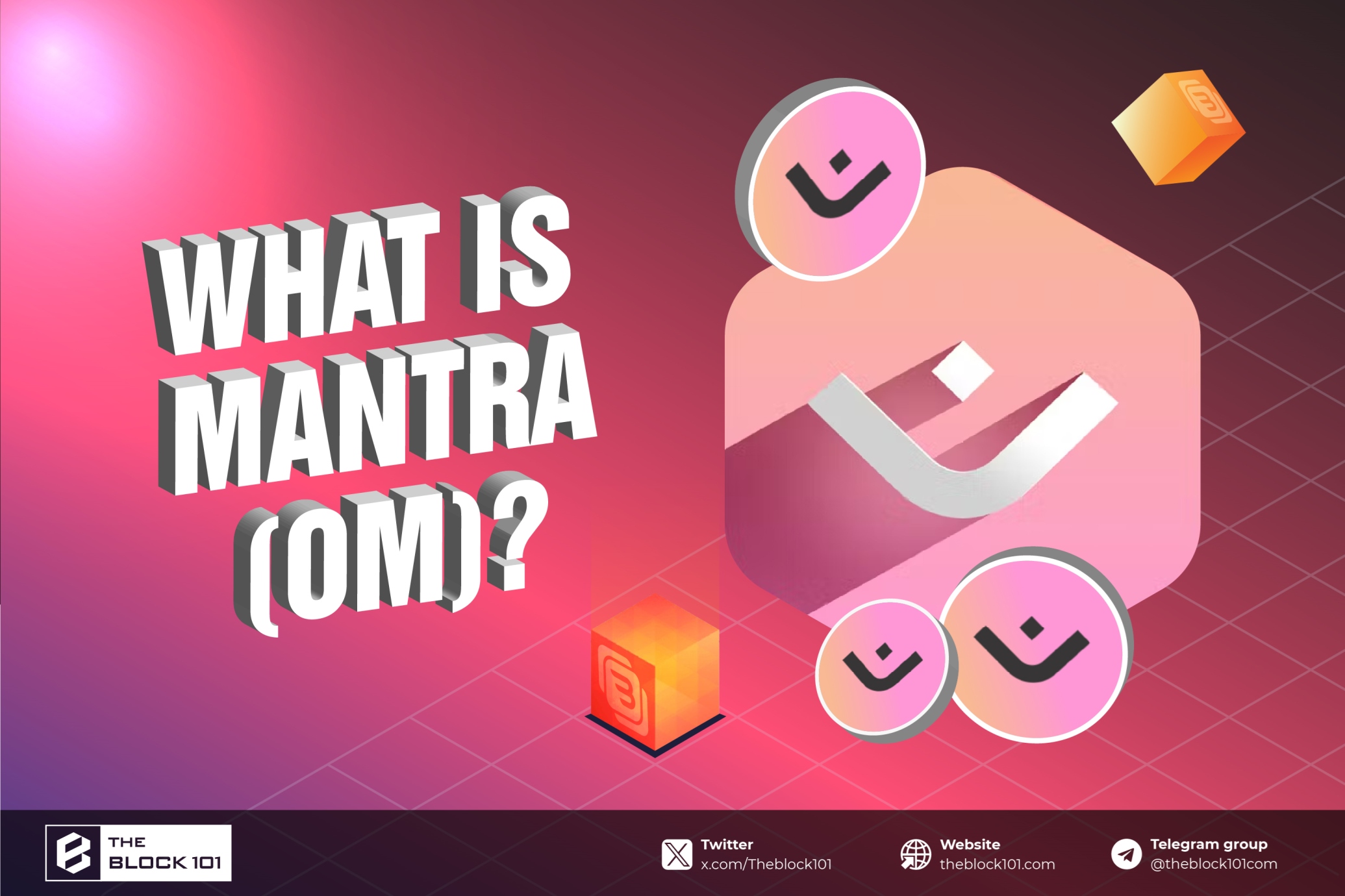.jpg)
1. What is Restaking?
Since Ethereum transitioned from Proof-of-Work to Proof-of-Stake, the amount of ETH being staked has surged, reflecting the community's strong confidence in ETH and contributing to increased decentralization and security for the Ethereum network.
Recognizing this trend, EigenLayer introduced the concept of Restaking - a way to leverage Ethereum's security strength to support smaller networks.
EigenLayer allows users to continue staking ETH or Liquid Staking Tokens (LST) to earn additional rewards.
For example, users who have staked their ETH in Liquid Staking protocols like Lido can continue to restake stETH on EigenLayer. This helps Restakers contribute to the security of networks built on EigenLayer.
These small networks are called Actively Validated Services (AVSs). When users retake ETH, they are protecting AVSs and helping AVSs inherit security from Ethereum.
In return for their contribution, Restakers receive rewards from the fees that AVSs have to pay.
This model provides specific benefits such as:
-
Capital optimization: Stakers have a stronger incentive to stake ETH, enjoying higher profits.
-
Security: Enhanced security for multiple networks, simultaneously reducing operational costs significantly.
.png)
2. Main types of Restaking
2.1 Native Restaking
Native Restaking occurs when Node Validators restake their ETH directly into the Beacon Chain pool on EigenLayer.
An important advantage of Native Restaking is that there is no limit on the amount and time for depositing into EigenLayer; the Beacon Chain pool on EigenLayer is always open and does not close when reaching limits, unlike other Liquid Staking Tokens (LST).
However, Native Restaking requires a minimum amount of 32 ETH to create an EigenPod and send it to the Beacon Chain, which can be a limitation for individual investors.
2.2. Liquid Restaking
Liquid Restaking involves users restaking their Liquid Staking Tokens directly on the pools at EigenLayer.
Users use their LSTs to deposit directly into the pools on EigenLayer, which are opened and reopened at specified times. The reopening of the pools on EigenLayer for users to stake their LSTs will take place starting from 02/05/2024.
Liquid Restaking is a product with significant advantages and is suitable for regular users. They can restake their LSTs without needing extensive knowledge of technology and Node operation, as required in Native Restaking.
2.3 Liquid Restaking Protocol
Recognizing the weakness of Restaking on EigenLayer in terms of providing liquidity for LSTs, Liquid Restaking Protocols were introduced.
In simple terms, these Liquid Restaking Protocols also provide a Liquid Restaking Token (LRT) for users to stake their LSTs in the protocol.
These LRTs can continue to participate in DeFi activities such as Farming, Lending, while still receiving EigenLayer Points and airdrop opportunities from the protocols.
Some notable names in this field include Kelp DAO, Ether.fi, Renzo Protocol, Puffer Finance, among others.
Currently, Ether.fi and Renzo Protocol are notable Native Liquid Restaking protocols. Users can only deposit ETH to mint LRTs, with the advantage of always receiving EigenLayer Points regardless of whether EigenLayer is opening or closing pools.
The Liquid Restaking Protocol has significant advantages, potentially providing more profits than LSD protocols (at the current time). With Liquid Restaking Protocol, users can easily optimize their ETH profits, release liquidity for their LSTs, and still receive EigenLayer Points – an important point system with many benefits in the future, including recent airdrops for Restakers by AltLayer.
| Solution | Advantage | Disadvantages |
| Native Restaking | There are no limits on opening and closing pools of EigenLayer | Requires understanding of hardware, software and Node management. Minimum capital is quite large |
| Liquid Restaking | Easier for general users, no minimum capital required | Often have to "race" for gas and pay a higher gas fee |
| Liquid Restaking Protocol | Unlock liquidity for LSTs while earning EigenLayer Points Use LSTSs to participate in Defi such as Lending, Farming... No minimum capital required | Security risks of intermediary protocols |
3. The explosion of Liquid Restaking protocols
With the abundant liquidity available on Ethereum, developers have recognized the potential of Liquid Restaking Protocols, and this piece has continually seen the emergence of new names, including high-quality projects with significant potential such as Renzo, Kelp DAO, Ether.fi.
The most significant advantage is providing more profits. With 1 ETH, users can deposit into Liquid Staking protocols like Lido to earn yield. Subsequently, they can utilize the Liquid Staking Tokens (LST) to participate in Liquid Restaking protocols, gaining two sources of profit and EigenLayer Points.
Some projects that originated from Liquid Staking are now transitioning to Liquid Restaking, such as Ether.fi and Swell DAO.
Every Liquid Restaking protocol launched has attracted substantial attention, resulting in a rapid increase in Total Value Locked (TVL), even in a short period.
.png)
There are only two Liquid Restaking Tokens that have applications in DeFi, namely eETH by Ether.fi and rsETH by Kelp DAO.
However, considering the impressive growth and key metrics, integrating these LRTs into more DeFi protocols could significantly boost profits for users, acting as a substantial motivator to propel the entire Restaking-fi sector forward.
The profit potential and prospects of Restaking-fi are indeed promising. There are two sides to the coin. The substantial development of EigenLayer in the future might potentially concentrate a significant amount of ETH, akin to the scenario with Lido in the past.
Furthermore, Liquid Restaking protocols like EigenLayer are relatively new entrants in the DeFi space, and security risks persist. Perhaps more time is needed to assess their safety.
4. Conclusion
Restaking-fi holds substantial potential to become a important component in the upcoming growth cycle, especially with the expanding Ethereum ecosystem and the yield and "ponzi" characteristics it brings.
Additionally, the swift development of EigenLayer, a project surrounded by speculations about a significant token launch with an impressive airdrop later this year, could serve as a substantial catalyst for the Restaking sector as a whole.
The above perspectives represent the author's views on Restaking, one of the segments with immense potential in the upcoming growth season. Stay tuned to Theblock101 to discover true "hidden gems" in this space.
Readmore:

 English
English Tiếng Việt
Tiếng Việt



.jpg)


.jpg)

.jpg)







